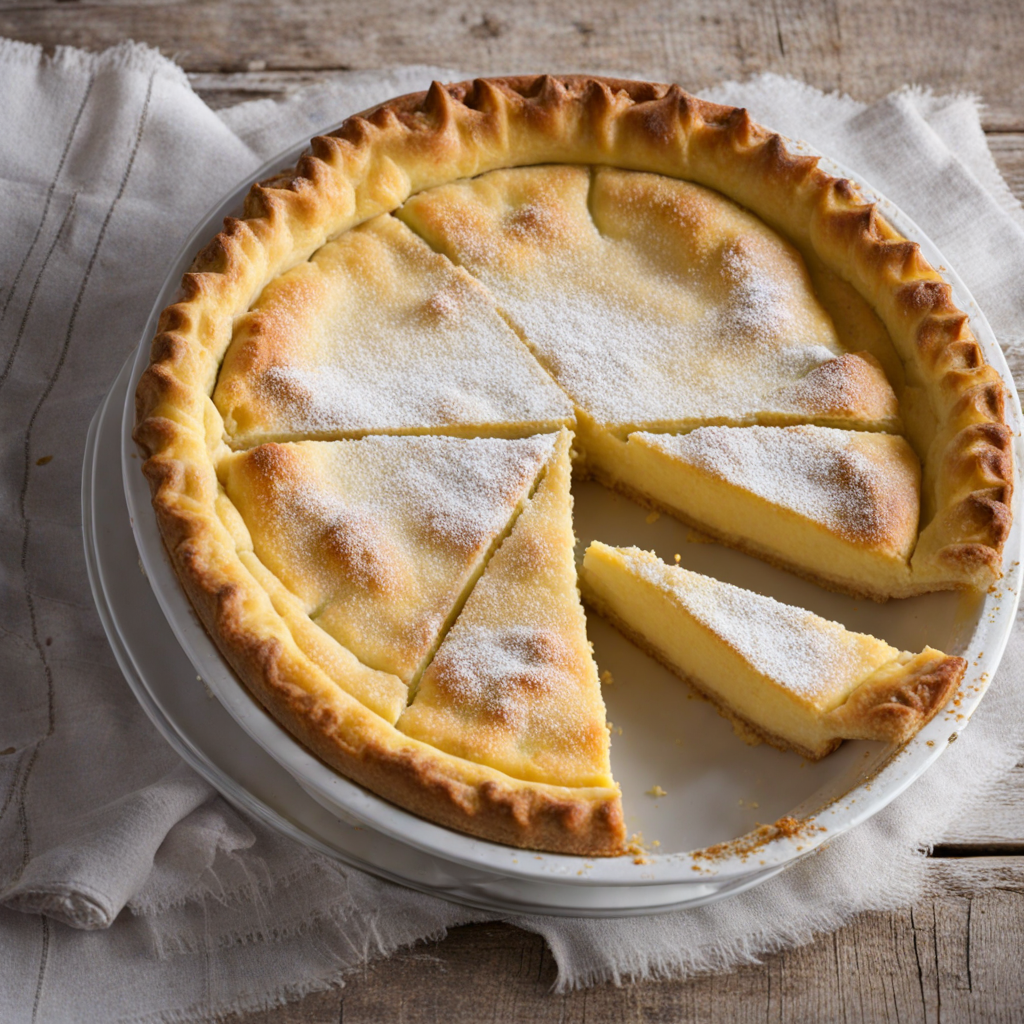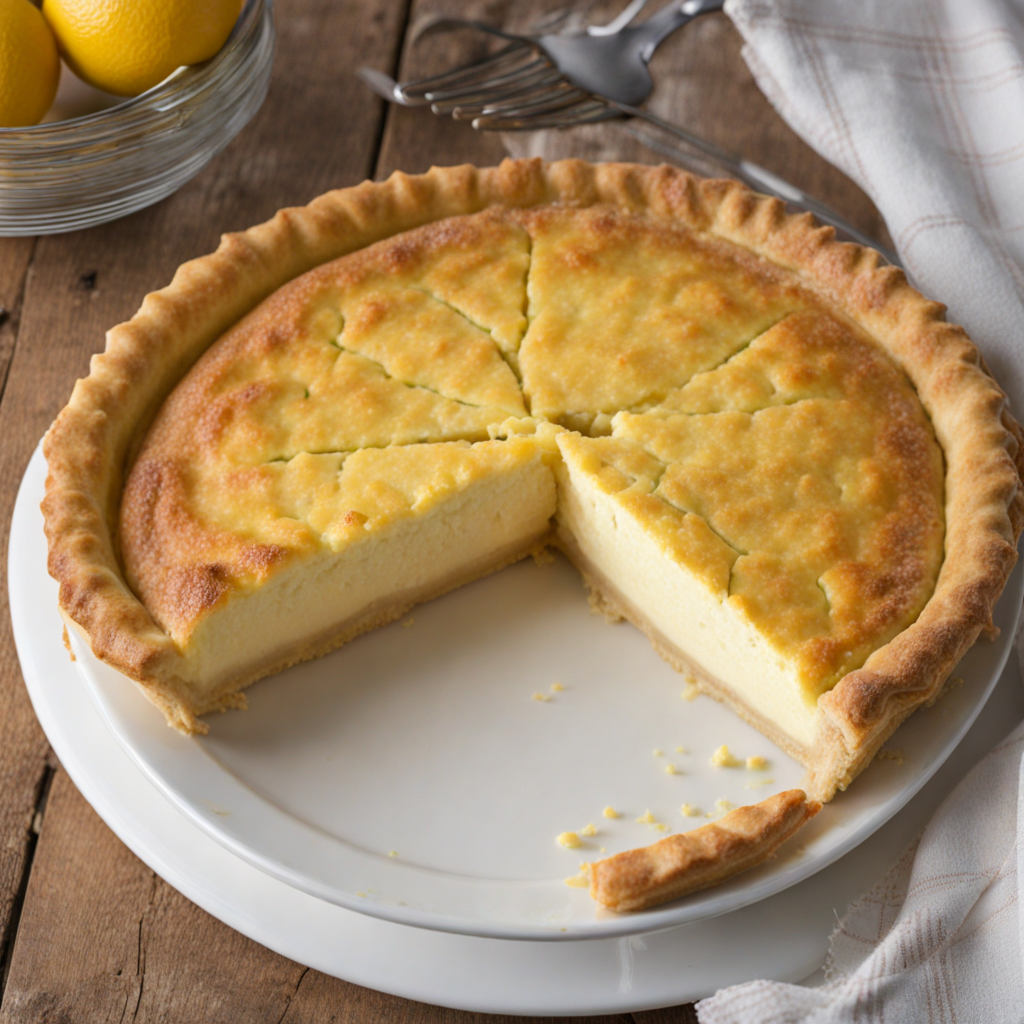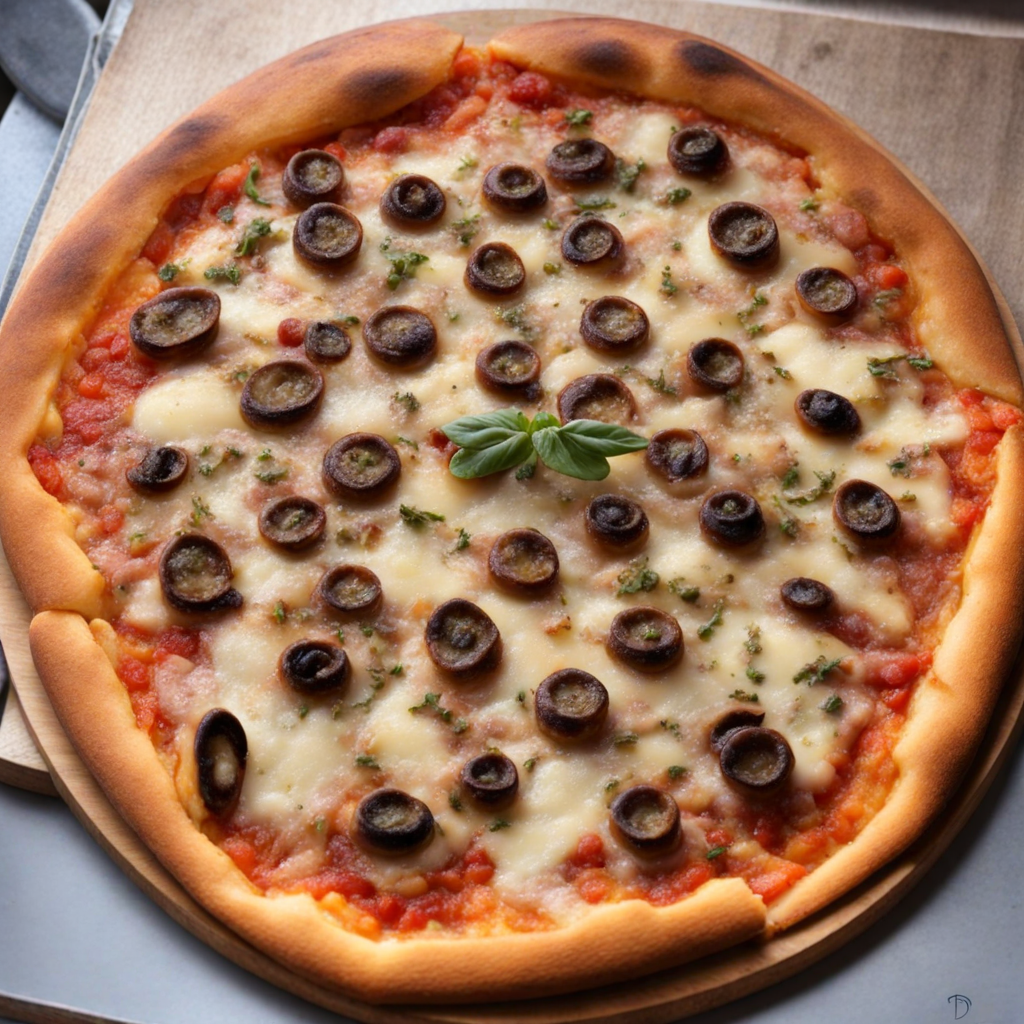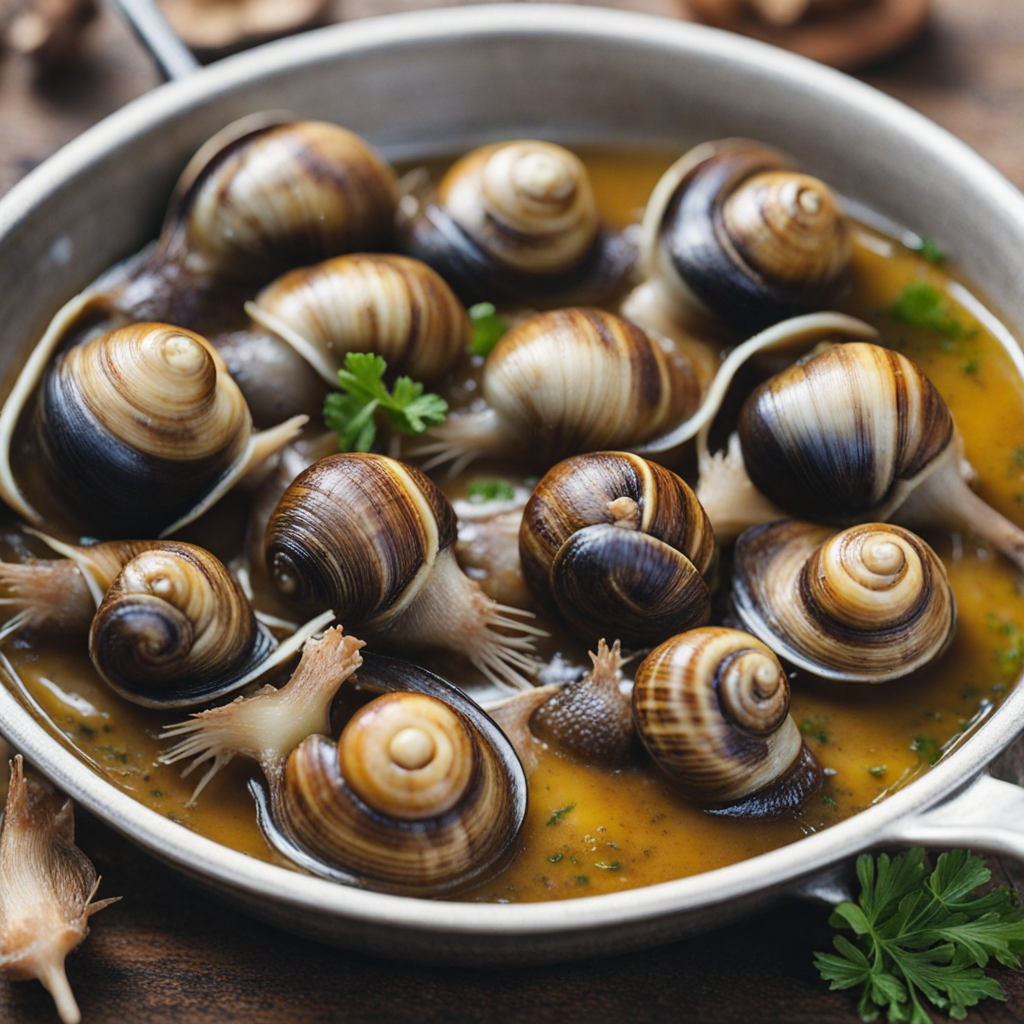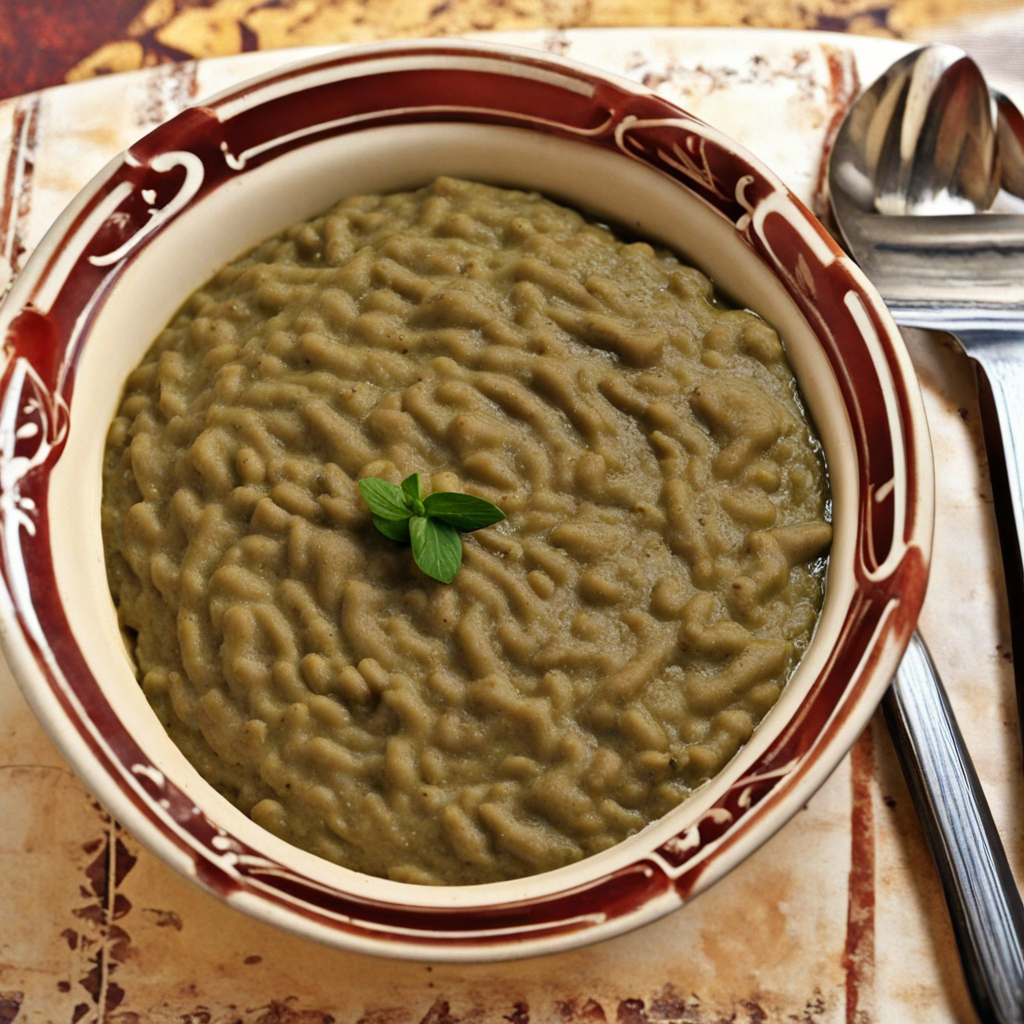Ricotta Pie
Ricotta Pie, or 'Pastizzi tal-Irkotta', is a beloved traditional Maltese dish that beautifully showcases the rich and creamy texture of ricotta cheese. This delightful pastry is typically encased in a flaky, golden crust that is both crisp and tender, making each bite a harmonious blend of textures. The filling is primarily made of fresh ricotta, which is often sweetened with sugar and flavored with hints of vanilla and lemon zest. This delightful combination delivers a refreshing and subtly sweet flavor profile that is perfect for those seeking something unique and comforting. What sets Ricotta Pie apart is its versatility; it can be enjoyed as a dessert or a savory snack, depending on the recipe variations. Some versions incorporate additional ingredients such as raisins or citrus peels, enhancing the overall taste while adding a delightful burst of flavor. The pie can be served warm or chilled, making it a versatile option for various occasions, from casual gatherings to festive celebrations. The experience of savoring Ricotta Pie is not just about taste; it’s also about the rich cultural heritage it represents. This dish is often enjoyed alongside a cup of tea or coffee, making it a quintessential part of Maltese hospitality. Whether you're indulging in a slice at a local bakery or preparing it at home, Ricotta Pie offers a delicious glimpse into the heart of Maltese cuisine, inviting you to explore its diverse flavors and traditions.
How It Became This Dish
Torta tal-Irkotta: A Slice of Maltese Heritage Torta tal-Irkotta, or ricotta pie, is not just a beloved dessert in Malta; it is a flavorful symbol of the island's rich culinary history and cultural identity. Its origins can be traced back to the medieval period when the island was influenced by various civilizations, including the Arabs, the Normans, and the Knights of St. John. Each culture brought its culinary practices, and the blending of these traditions gave rise to unique Maltese dishes, with Torta tal-Irkotta standing out as a prime example. Origins The roots of Torta tal-Irkotta can be found in the agricultural practices of Malta, where sheep and goats have been raised for centuries. The island's rocky terrain and Mediterranean climate are well-suited for grazing, leading to a thriving dairy industry. Ricotta, a fresh cheese made from the whey of sheep or cow's milk, became a staple in Maltese households. The word 'irkotta' itself derives from the Italian "ricotta," meaning "recooked," which reflects the method of making this cheese. The pie itself is thought to have developed as a means of utilizing this abundant resource. Maltese farmers and home cooks began to combine ricotta with other locally available ingredients, such as eggs, sugar, and citrus zest, to create a filling that was both flavorful and nourishing. The crust, traditionally made from a simple pastry dough, not only served as a vessel for the filling but also provided a contrast in texture, making each bite a delightful experience. Cultural Significance Torta tal-Irkotta holds a special place in Maltese culture and is often associated with various celebrations and festivities. It is a traditional dish served at feasts, weddings, and religious holidays, particularly during Easter. The pie's symbolism during Easter aligns with the themes of renewal and rebirth, making it a fitting choice for the holiday. Families often gather to prepare and share the dish, reinforcing communal ties and preserving culinary traditions. Moreover, the pie's presence on festive tables speaks to the island's agricultural heritage. Ingredients like ricotta and eggs represent the bounty of the land, and the act of preparing Torta tal-Irkotta can be seen as a tribute to the hard work of farmers and artisans. The pie encapsulates the essence of Maltese hospitality, as it is often served to guests as a gesture of warmth and welcome. Development Over Time As Malta evolved through the centuries, so too did the Torta tal-Irkotta. The pie has undergone various transformations influenced by changing tastes, culinary trends, and the availability of ingredients. In the past, it was primarily made with sheep's milk ricotta, which imparted a distinct flavor. However, as the availability of cow's milk increased, many households began to use cow's milk ricotta, resulting in a creamier texture and a slightly different taste. In the 20th century, the rise of tourism on the island brought new influences and an appreciation for Maltese cuisine among international visitors. Torta tal-Irkotta gained recognition beyond its traditional roots, and variations began to emerge. Some bakers started incorporating additional ingredients like chocolate, almonds, or even fruit, reflecting a fusion of culinary styles that appealed to contemporary palates. Despite these modern adaptations, many families continue to uphold the traditional recipe passed down through generations. The basic elements remain the same, with ricotta as the star ingredient, complemented by a pastry crust that can be either sweet or savory. The traditional preparation often involves a careful balance of sweetness, with sugar added to the ricotta filling, while the crust remains slightly salty, enhancing the overall flavor profile. Contemporary Perspectives In recent years, Torta tal-Irkotta has experienced a resurgence in interest, with a renewed focus on traditional Maltese cuisine and a growing movement towards local ingredients and artisanal food production. Local bakeries and restaurants have embraced the pie, offering variations that pay homage to the original while also experimenting with modern twists. Culinary festivals and food events often feature Torta tal-Irkotta, showcasing its importance in Maltese gastronomy. Social media has also played a significant role in revitalizing interest in the dish, with food bloggers and influencers sharing recipes, photographs, and personal stories related to Torta tal-Irkotta. This has not only helped popularize the dish among younger generations but has also connected Maltese expatriates with their culinary heritage, allowing them to recreate the flavors of home. Conclusion Torta tal-Irkotta is much more than a simple ricotta pie; it is a testament to Malta's rich history, agricultural heritage, and cultural identity. From its origins rooted in the island's pastoral traditions to its contemporary adaptations, the pie reflects the resilience and creativity of the Maltese people. As it continues to be celebrated in homes and restaurants alike, Torta tal-Irkotta remains a cherished symbol of Malta's culinary heritage, inviting everyone to share in its story with each delicious bite. Whether enjoyed during a festive gathering or as an everyday treat, Torta tal-Irkotta serves as a delicious reminder of the island's rich tapestry of flavors and traditions, bridging generations and cultures through the universal language of food.
You may like
Discover local flavors from Malta


